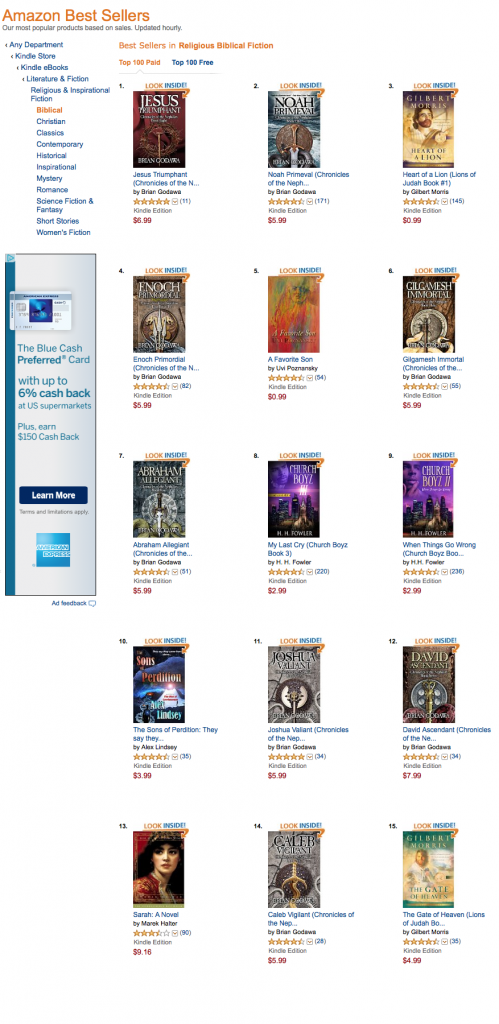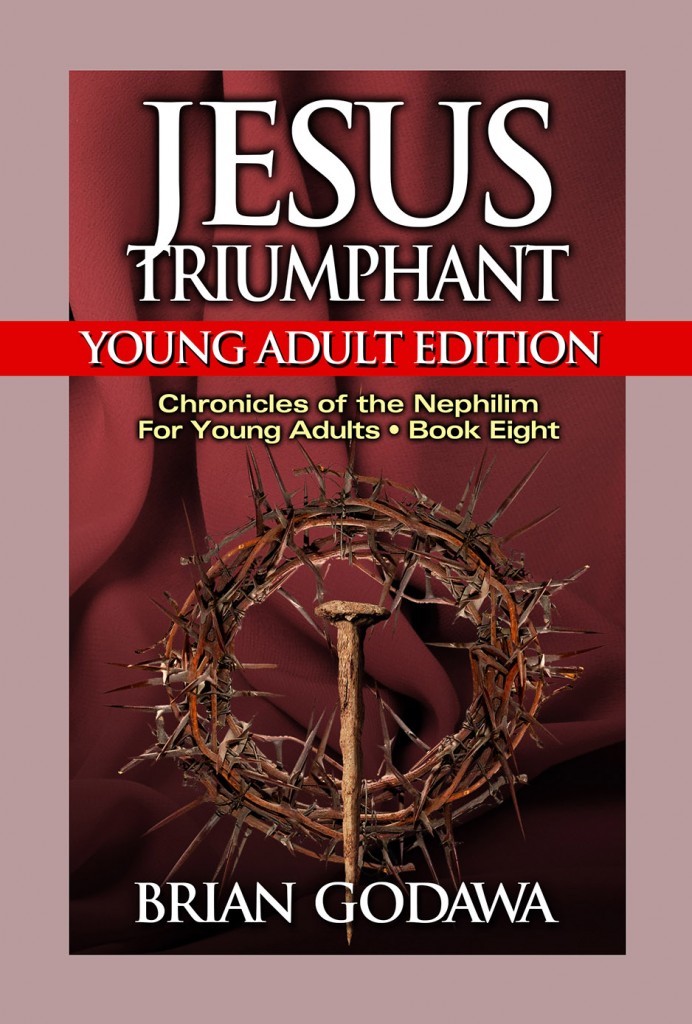
In my novels, Joshua Valiant and Caleb Vigilant, I write about a tribe called the Seirim people of Banias at Mount Hermon. They live in caves at the foot of the mountains and are led by satyrs, chimeric beings with the lower body of a goat and the upper body of a human. But this mythopoeic imagery is not a mere assimilation of ancient Greek myths about Pan, the satyr deity of nature and shepherding. The notion of satyrs or goat deities predates Greek myth and finds a place in Canaanite lore, and therefore, the Bible as well.
Take a look at these prophecies of Isaiah referencing the destruction of Babylon and Edom.
Isaiah 34:11–15 (The destruction of Edom)
11But the hawk and the porcupine shall possess it, the owl and the raven shall dwell in it… 13Thorns shall grow over its strongholds, nettles and thistles in its fortresses. It shall be the haunt of jackals, an abode for ostriches. 14And wild animals shall meet with hyenas; the wild goat (seirim) shall cry to his fellow; indeed, there the night bird settles and finds for herself a resting place. 15There the owl nests and lays and hatches and gathers her young in her shadow; indeed, there the hawks are gathered, each one with her mate.
Isaiah 13:21–22 (The destruction of Babylon)
21But wild animals will lie down there, and their houses will be full of howling creatures; there ostriches will dwell, and there wild goats (seirim) will dance. 22Hyenas will cry in its towers, and jackals in the pleasant palaces; its time is close at hand and its days will not be prolonged.
The passages above speak of God’s judgment upon the nations of Babylon and Edom (symbols of all that is against Israel and Yahweh). A cursory reading of the texts seem to indicate a common word picture of Yahweh destroying these nations so thoroughly that they end up a desert wasteland with wild animals and birds inhabiting them because the evil people will be no more.
Nothing about mythical monsters like satyrs there, right?
Wrong. Because the English translations of the Hebrew word seirim as “wild goats,” obscure the full ancient meaning. If we look closer into the original Hebrew, we find a more expanded mythopoeic reference to pagan deities.
Continue reading →








